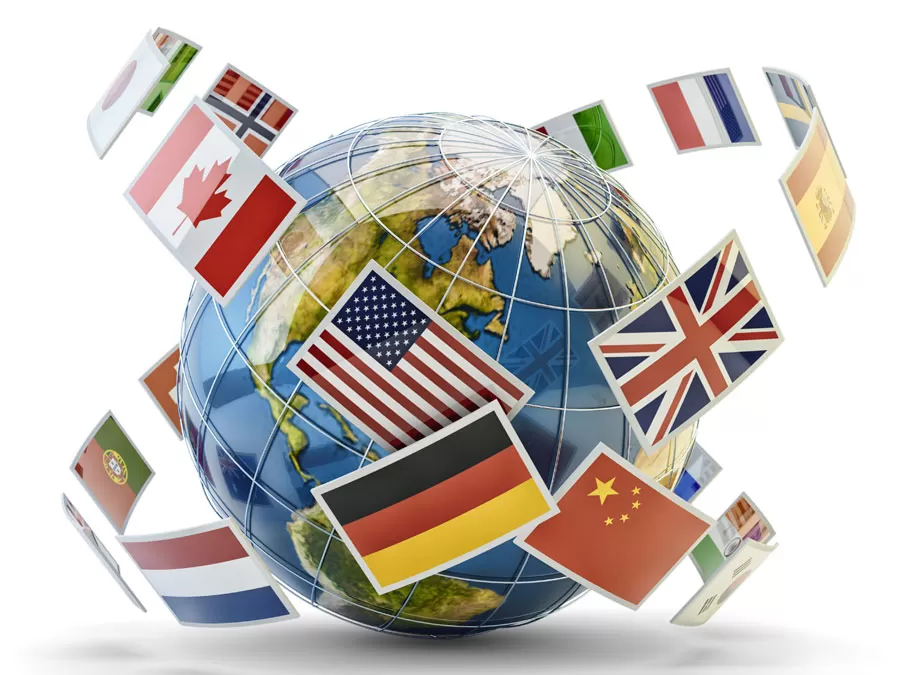Brands who want to establish a global footprint should make website localization part of their strategy.

According to Data Reportal, there are 4.8 billion users browsing the Internet as of July 2021. This makes up 61% of the world’s population. In the near future, we can expect this number to exponentially increase.
Internet users are composed of people from different regions of the world. This means that English isn’t the only language making up the Internet.
The 10 most widely used languages online are:
- English
- Chinese
- Spanish
- Arabic
- Malay
- Portuguese
- French
- Japanese
- Russian
- German
This makes website localization a necessity for boosting a brand’s global ecommerce reach. Aside from technical skills, successful website localization requires a full understanding of the language and cultural background of your target market. Follow these basic tips for successful website localization.
-
Use culturally appropriate visuals
Localization goes beyond website translation. You have to make sure that every component of your site is personalized for your target market. This includes the photos, graphics, colors, and other forms of visuals that visitors can see on your website. At all costs, avoid using photos that may offend your customers. Researching beforehand about the cultural nuances that might affect how you use visuals will help you optimize this aspect. -
PDFs cannot be read by text translation tools
While there are several tools that can automatically translate your content into the language of your choice, most of these applications don’t process PDF (portable document format) files. Instead, they make use of the webpage’s source code to run the translation process. Thus, it would help if most of your content is not contained in a PDF file to make the translation process faster, easier, and more accurate. -
Watch out for inappropriate idioms and expressions
Localization should also consider localized expressions or colloquialisms. It’s not enough to run your online content through a translator app because these tools don’t analyze contextual meanings. As much as possible, you need to have a content specialist on your team who’s familiar with the language and culture of your target market. This ensures that your content is free of inappropriate terms, expressions, and grammatical errors. Correct translations also guarantee your copy isn’t stiff or awkward, especially when there are no direct translations for the words used. -
Have your website templates ready
To optimize the design of your ecommerce website, your global templates must be flexible enough to accommodate different languages. Consider the small details that come with writing in a different language, such as text direction, characters, and symbols. In addition, your templates must be applicable for multiple platforms such as desktop computers and mobile phones to enhance the user experience. -
Double-check site features and performance
Before launching your website, make sure that everything it contains has been polished. Check your pages and their content one by one. Look for errors, assess performance, and identify the factors that could possibly prevent your customers from having a smooth online experience. Lastly, including a customer service portion that will allow website visitors to connect with you is a great addition. Ideally, the people behind this feature should be part of a multilingual call center that speaks your customers’ language.
Localizing your website will give you an advantage as you aim to capture the global market. The tips above will help kickstart your global ecommerce journey.
If you’re looking to outsource your multilingual call centre to match your website localization, Open Access BPO is your best partner. Provide 24/7 multilingual and multichannel support to your customers from anywhere in the world. Contact us today to learn more!





